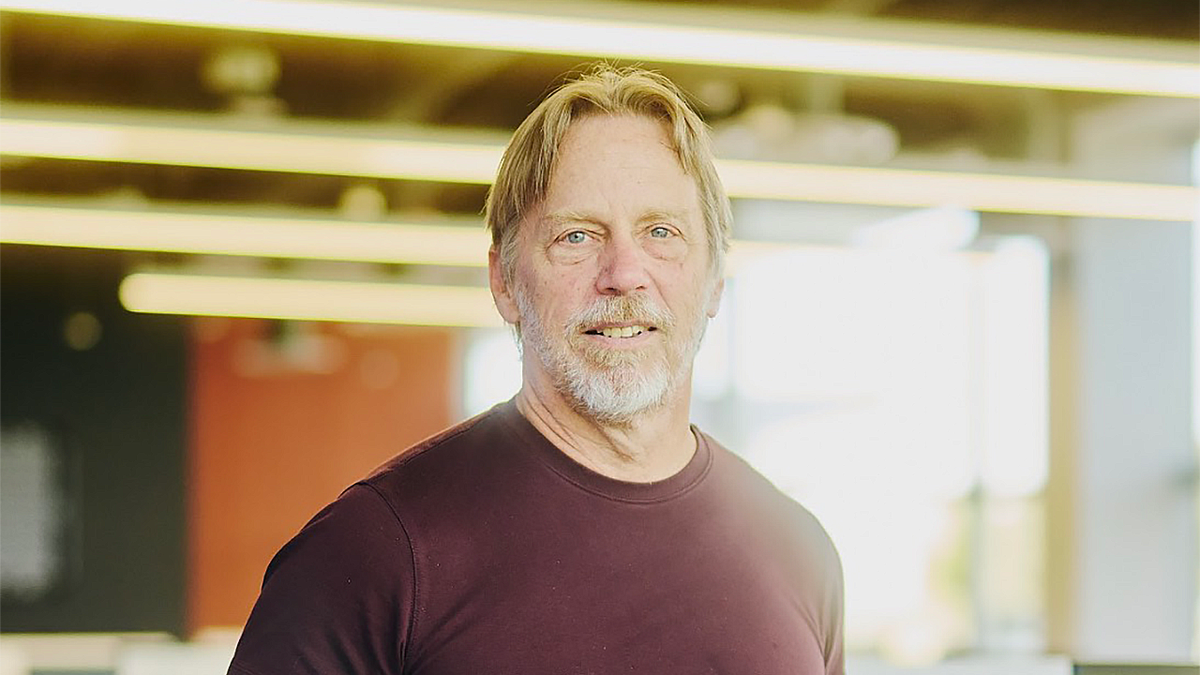
OpenAI CEO Sam Altman was fired by the company's board on Friday. Justin Sullivan/Getty Images© Justin Sullivan/Getty Images
- Sam Altman wants US government approval for his trillion-dollar AI chip venture, Bloomberg reported.
- Altman has been attempting to raise up to $7 trillion to boost his GPU-chip supply.
- Nvidia CEO, Jensen Huang, has expressed skepticism about the hefty sum.
The OpenAI CEO is working to secure US government approval for the project as it risks raising national security and antitrust concerns, Bloomberg reported.
Altman has reportedly been attempting to raise up to $7 trillion to boost his GPU-chip supply. The Wall Street Journal reported that the tech CEO had held talks with investors including in the United Arab Emirates.
Altman told potential investors that he can't move forward without Washington's approval, Bloomberg reported.
Altman's proposals are aimed at helping to solve the global chip shortage, according to the reports. He's said to be presenting his pitch as a partnership with OpenAI, chip makers, and investors who can finance GPU chip plants, the report says.
Representatives for OpenAI did not immediately respond to a request for comment from Business Insider.
Jensen Huang, the CEO of leading chipmaker Nvidia, hasn't been overly positive about Altman's plan.
He told the United Arab Emirates' AI minister, Omar Al Olama, that developing AI wouldn't cost as much as the amount Altman was seeking to raise.
Huang said: "There's about a trillion dollars' worth of installed base of data centers. Over the course of the next four or five years, we'll have $2 trillion worth of data centers that will be powering software around the world."
He also took an indirect shot at Altman, joking that $7 trillion could buy "apparently all the GPUs."


